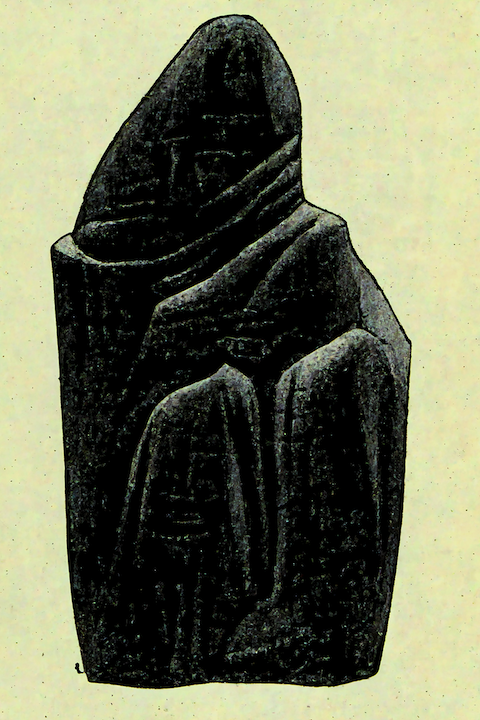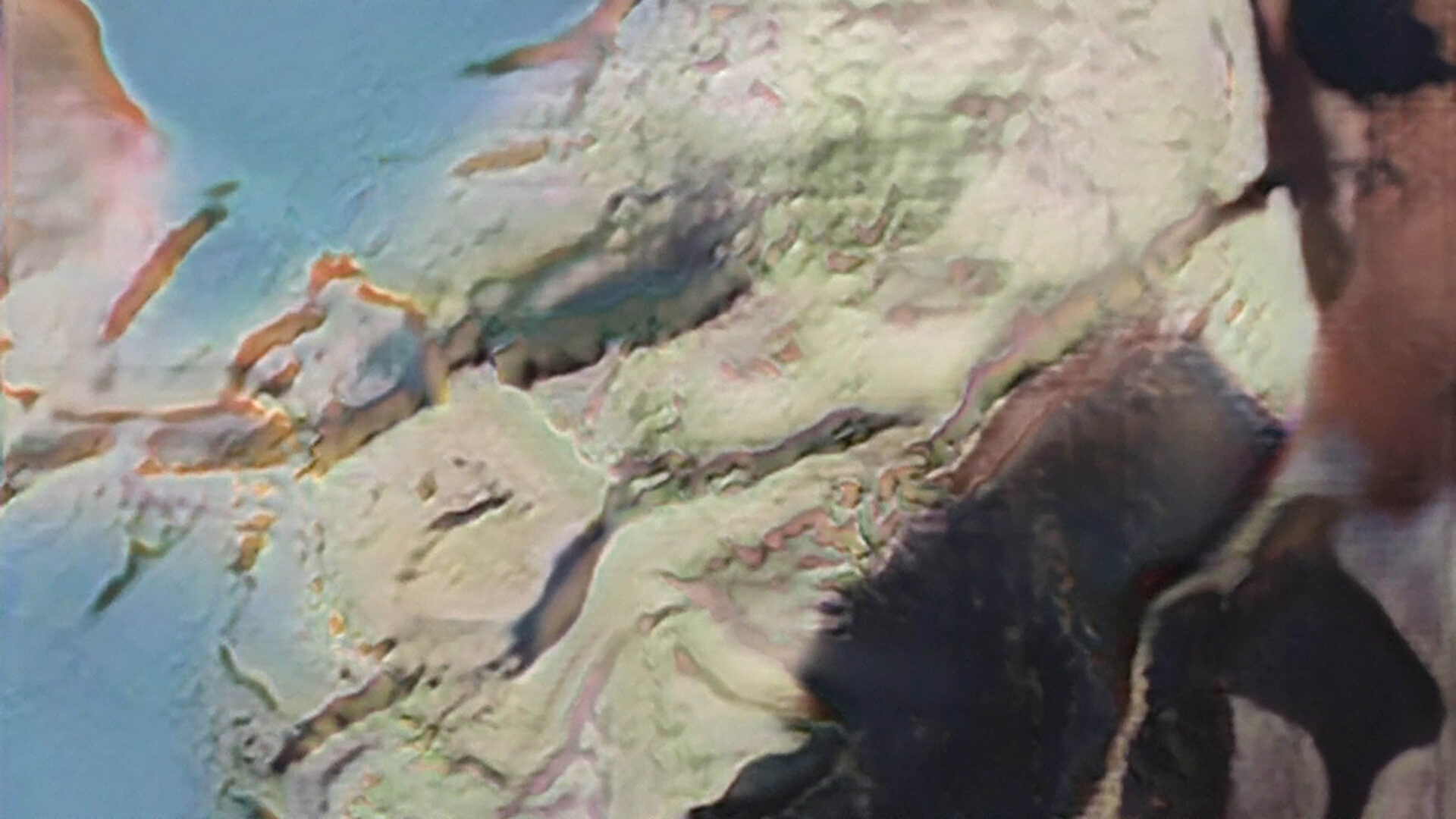The workshop Kinship Cosmo-Technology (11-12.02.2022) brought together artists, poets, and scholars working on human, non-human and more-than-human relationships, posing the question of how technology might change the appearance of reality, or how reality is itself produced and reproduced technologically.









FEDERICO CAMPAGNA began the workshop by asking the question of how, in previous epochs dominated by crises similar to our own, have people responded to their loss of hegemony. In light of crises extending to plague, religious transformations, the failure of agricultural systems, we are implored to rethink the idea of reality from scratch, as well as the relation of human and non-human—this comes about through asking who we are as a species, and who or what is not included in this “we.” The human and non-human are always paired.
The epoch or model that Campagna alights on is found in Late Antiquity, his focus on the area that is now defined as Syria and Egypt, and a world defined by hermeticism. Campagna’s lecture describes this world and the pre-computational model it gives us, focusing on its mythological structure. At the core of Campagna’s lecture is the question of retreat, or even quietism and the political implications of this. An implicit analogy is drawn between the kinds of “drop out” cultures of today, the turn towards therapy and esoteric responses to crisis, and the hermetic world of late Antiquity. Myth is not outside the human. And the human is potentially merging with the non-human. We are the dreams of the mind of god; this means that we are god. The conclusion is that mythology is the auto-fiction of god, it is god’s self-narration. God speaks to themself and allows themself to wake up inside the dream. For Campagna, there is an idea of reality itself that supports this. The question of the human is activated in relation to the question of ethics: how should one act? How can one perform the function of god’s self-consciousness? Whereas the ontological aspect of the human is connected to memory. How can one remember, how can one access gnosis? These are connected in that acquiring gnosis is the ethical function needed to become human; being human requires a life praxis. Being human is not given.
If we think about the relation of the human and non-human today, and their creative potential, this is not “uncreativity” but rather a form of creativity where the author themself is fictional; the author is divested of authorship. In a divergent but related way, FLORIAN CRAMER brings the question of “what is the art? What is the intelligence? In artificial intelligence?” by looking at the mainstream uses of the technology.
During the 1980s, Tomas Schmit, the former member of Fluxus, posed the question of whether humans are capable of thought. In turn, Cramer asks: what is thinking? Is thinking a cognitive illusion? What is the most generally agreed-upon concept? What is the difference between human and non-human or animal intelligence? Cramer describes a pocket calculator as thinking more extensively than humans. In turn, writing and signs are potentially also a form of artificial memory because we can make something visible and recall it; this is then beyond what the brain can remember. Thus, general and scientific artificial intelligence are distinguished. Pop culture (general, doesn’t exist) vs. specialized (GPT-3, deep-mind, calculator) artificial intelligence. Today, we have a narrow understanding of AI. It is understood as being synonymous with machine learning, as a result of its commodification. It almost always refers to machine learning. Cramer reminded us of Babel Fish— which became DeepL. The historical paradigm shift in AI took place twenty years ago. Computer scientist John McCarthy coined the term AI as an elevator pitch for a funding application in 1955. Cramer’s questioning shows us how pattern recognition heuristics develops mechanisms for recognizing (e.g., cats vs. dogs). The training sets determine what a machine learning system recognizes. This can create problems if they cannot recognise (e.g., new objects).
The other model with this technology is the remix. If you feed the algorithm Shakespeare, it will remix it, which might be a letdown rather than a promise. Cramer quotes from Italo Calvino who, in Cybernetics and Ghosts, writes, “What would be the style of a literary automaton? I believe that its true vocation would be for classicism. The test of a poetic-electronic machine would be its ability to produce traditional works….” Cramer clarifies that machine learning operates by extracting a norm from the past and applying that norm to the present. Cramer shows how methods such as these produce moments of boredom. Intelligence in engineering vs. language models. Engineering claims intelligence through succeeding in tasks. This would not be sufficient for arts and humanities. In engineering, to be interactive simply means not operating in a closed loop. A light switch that turns on and off would be interactive.
For Cramer, the issues dominating the structural paradigm of AI include structural conservatism and laziness. Cramer quotes fromAleksander Madry who says: “Think about being lazy as this kind of smart student who doesn’t really want to study for an exam. Instead, what he does is just study all the past years’ exams and just look for patterns. Instead of trying to actually learn, he just tries to pass the test. And this is exactly the same way in which current AI is lazy.”
Laying out several traps, Cramer argues that flaws in developing AI are due to the lack of engagement from people in arts and humanities because of the dominance of reductive thinking. Another trap is designated as naive post-humanism. If we jump to cohabitation with “non-human entity,” we fail to grasp how it has been constructed by humans. Moreover, the politics demands that we consider who has developed in and in whose interests.
K ALLADO-MCDOWELL describes how they interact and work with GPT-3, how they communicate and co-write with the machine. Implicating the changing historical role of the artist and their historically located strategies, they test the capacity of this machine to see if it can produce anything previously unknown. The inherent structural logic of GPT-3 means that it copies and continues the ideas that are inserted into it. It doesn’t necessarily move something forward but initiates a form of repetition. They would introduce contrast to produce difference. Themes are reproduced, poetic phrasing is introduced, concepts are multiplied. Allado-McDowell combines cyberpunk sci-fi and new age fiction, producing something like “deepfake autofiction.” Their work make us consider the historical form of the novel and what AI technologies do to it, as well as what kinds of political commitments belong to this form of collaboration. How can it be seen as the twin to Campagna’s analogous exploration into past epochs? Is it a new form of inwardness or quietism?
JENNA SUTELA introduces her artistic practice, engaging biological and computational systems. Putting her focus into the gut, to explore the head brain and gut brain, her work uses imaging methods and technologies: scientific imaging, microscopes, sonic methods, and neural networks. The most complex of machines—the mind—cannot be formalized, she claims. Computers are deterministic, following set procedures. She introduces entropic processes to these. Sutela talks about her works and what kinds of language they produce. “What does a Homebrew computer say?”, she asks.
BARBARA KAPUSTA talks about her works in which language and speech are given as the figures. Kapusta’s work also questions the human and how she invents characters that leak and empathizee. Her characters claim to hold open gaps or spaces in themselves against a form of being that would be like a solid or block. Lucia Pietroiusti and Filipa Ramos desire to imagine how cultural institutions can embrace communities when, for example, academia cannot integrate indigenous knowledge. They present their practice and how it engages with this question.
NORA KHAN’s focus has been trained on artists who work with AI, as in her book No Context (2022). She asks how our critical commitments are compromised in this context. Increasingly, the sense of black box, emergent process, and the nudging of material into our field of vision without us being able to see why, is prevalent. In light of this, she asks if there is a form of criticism that can work and move with AI—what is the capacity of the machine to dream? Khan responds to Hal Foster’s claim—what counts as competence?—when looking at Trevor Paglen’s work, where he poses a challenge wherein art critics have not tackled the facts of algorithmic “scripting information.” There is a third nature to these images, a shadowland, she claims. Her lecture shows how the surrealist aspect is more of a mirror of madness of living in an algorithmic landscape—reality, realism—to close-read these images is to try to look at the future, its computation, algorithms, etc., that determine our world-system logics. Khan sees these images as outside of art historical discourses. If AI is used to look at a dataset and to think about potential patterns, then it also forces us into the logic of the dataset. She asks us to think about why the works are good/bad/effective and if so, how does the dataset play into this judgment. RACHEL HILL’s lecture connects to K ALLADO-MCDOWELL and NORA KHAN, considering practices of working with AI, as well as a tradition of literature and situating this in relation to that. She looks to Jorge Luis Borges and the Magic Realism Bot. Hill brings a more thoroughly engaged political analysis by exploring the strangeness of language and the legalistic and juridical frameworks of ecocide. The example, “You are convicted of the crime of killing a tropical island” is taken to rhyme with contemporary policy that seeks to grant geological phenomena, such as rivers and trees, standing within the law, and the sentencing for murder of nature or tropical island becomes less and less absurd. Hill’s astute analysis shows how “AI creativity” can potentially help us understand these new realities. NISHA RAMAYYA produced a stunning poetry reading, prompting us to change our framework: can we automate, can we de-automate?